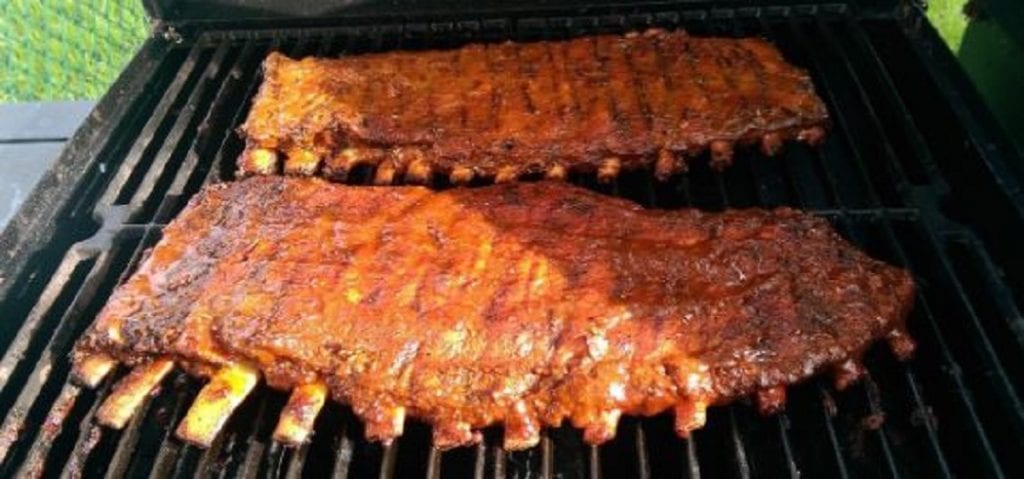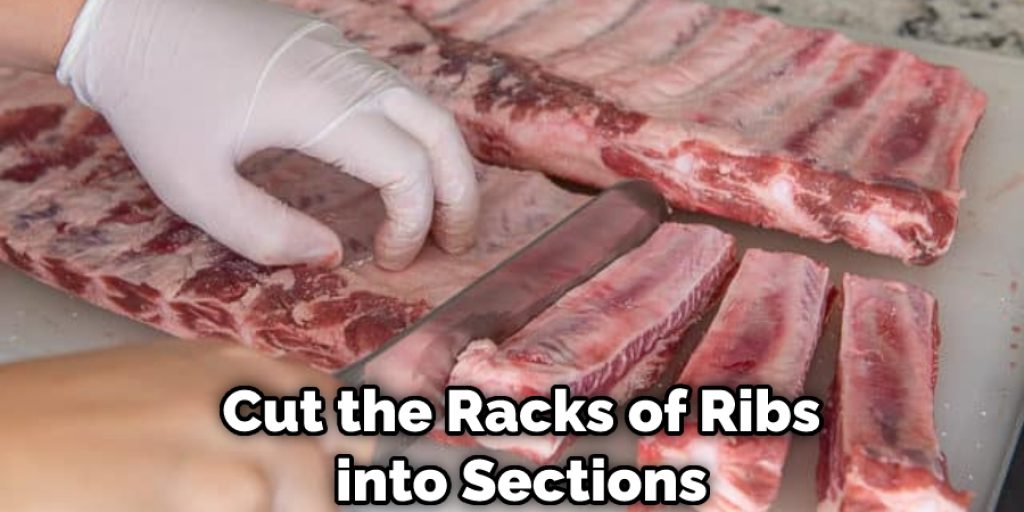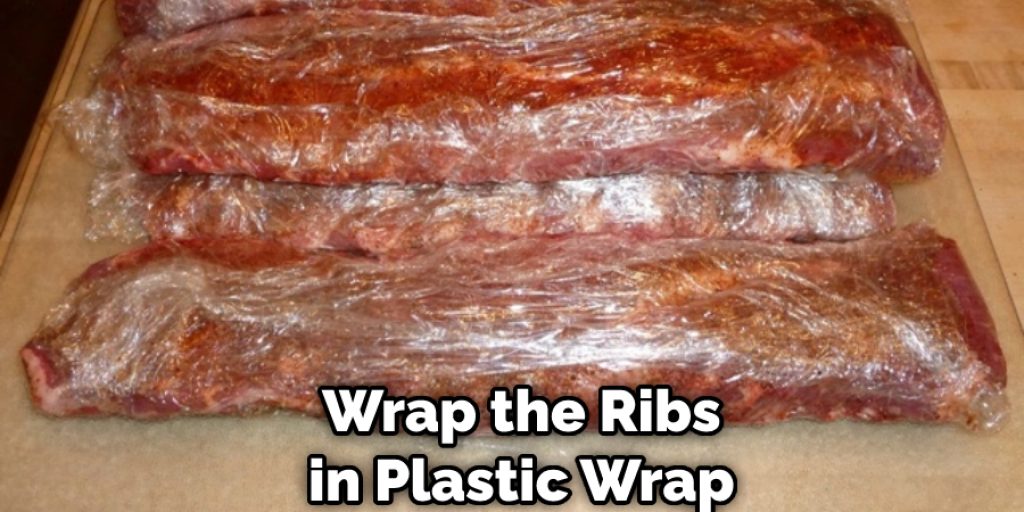How to Freeze Excess Ribs
Introduction
Ribs are one of the best parts of meat that we eat. There are many animals from which we get these ribs. Among them, pork ribs and beef ribs, However, sometimes. Sometimes freezing these ribs becomes an issue for people. For this reason, we will explain to you a technique on how to freeze excess ribs, which will be beneficial for preserving the ribs in long-term usage.

Required Materials
- Plastic Wrap
- Sealable Bags, Quart, and Gallon Size
- Sharp Knife or Spatula
A Process on How to Freeze Excess Ribs
Procedure One:
- First, remove the excess moisture from your ribs. Then, soak them in cold water and pat dry.
- Next, cut the racks of ribs into sections so they’ll fit nicely in a freezer bag or container.
- Place each section on its side in a stack with enough space at either end to allow for efficient sealing. Wrap tightly using aluminum foil and then place inside freezer bag or container.
- Finally, label the date and type of meat (i.e., Pork Ribs) before placing it back in the freezer until you’re ready to eat! Enjoy.)`
This process is good for freezing ribs and any other types of meats such as chicken thighs, steak, etc.

Procedure Two
At first, you have to separate the ribs that you want to preserve and place them in another container. This has to be done before cooking because you have put the rib for freezing not to get harmed. Sometimes we use the butcher wrap, which is like making the rib airtight by packing with plastic, but it will not preserve the rib for a long time. So now you have to take the rib and then cut it into small meal size.
Now you have to get a plastic container for storing the rib. More specifically, we need moisture and a vapor-proof plastic storage container. These will be much convenient for freezing the rubs. Then you have to arrange some freezer papers. You can quickly get hold of these papers from the market. Then you have to place this paper between each of the ribs. After separating the ribs, you have to wrap every rib with this freezer paper.
The wrapping should be done tightly. This will make the ribs stay firm, and the air intake will not be possible. Then you have to place them in the container and attach the airtight lid of the box. Lastly, you have to connect the cover of the container with freezer tape. In this way, you can quickly freeze the ribs for six to twelve months at a stretch.
Precautions
- Wrap the ribs in plastic wrap or place them in a sealable bag.
- Place your wrapped ribs on a baking sheet and put them into the freezer for an hour to freeze completely before removing them from wrapping.
- Once frozen, remove any excess air from the package with each rib individually by pressing down so that they’re tightly packed together and then return to the freezer.
- Packing Tips:
- Ribs will expand when exposed to freezing temperatures, so make sure you have enough room inside of your packaging container. The most popular form of packing is using zip lock bags (to ensure freshness) which can be layered one on top of another until all space is filled up then closed tight with freezer tape before returning into a deep freeze.
- If you’re using freezer bags, fill them up with as much space as possible to ensure that the ribs are tightly packed together and then seal before taping shut for sealing.
- To combat air gaps in packaging containers or zip lock bags, use a vacuum sealer if available!

Check it out to learn to soften hard beef jerky.
How Much Time Will, The Ribs, Take to Freeze?
Freezing, while effective in killing any microorganisms or bacteria present on the food item and preventing them from multiplying, also causes cell damage. This is because the water contained within cells expands when it freezes.
The amount of time needed to freeze ribs completely depends on several factors, including size and thickness. Typically frozen fresh meat can take about 24 hours to fully freeze depending on its weight and how much you fill your freezer with other items (more space means greater temperature difference).
It all depends; if there’s less room between each piece of meat, then more cold air will reach the bottom layer before needing to reheat again, which generally translates into faster freezing rates for the whole shelf.
Check It Out to Learn to Fix Rubbery Chicken.
Conclusion
Lastly, we would like to state that the process we have mentioned here will help freeze the ribs, and your ribs will remain fresh for a long time. Thank you for your kind attention. Have a nice day!!




